组合式API
setup()
11
响应式API
- ref
ref 用于创建响应式数据(通常用来定义 基本类型数据)
在JavaScript代码中,需要使用 .value 来操作数据
let count = ref(1)
console.log(count.value) // 1
count.value++
console.log(count.value) // 2
在Template模板中不需要
<script setup>
import { ref } from 'vue'
const count = ref(1)
</script>
<template>
<button>{{ count }}</button>
</template>
- reactive
reactive 用于创建一个响应式对象 (通常用来定义 引用类型数据)
let obj = reactive({ count: 1 })
obj.count++ // 2
- computed
使用 computed 创建一个计算属性,通过 .valule 暴露返回值
- 创建一个只读的计算属性
默认情况下,创建的计算属性是只读的,如果修改会报错
let count = ref(1)
let getCount = computed(() => count.value)
console.log(getCount.value) // 1
getCount.value++ //error:Write operation failed: computed value is readonly
- 创建一个可写的计算属性
computed 可以接收一个带有 get 和 set 函数的对象来创建一个 可写 的计算属性
let count = ref(1)
let getCount = computed({
get: () => count.value,
set: (val) => {
count.value = val + 1
}
})
console.log(getCount.value) // 1
getCount.value = 1
console.log(getCount.value) // 3
- watch
作用:用于监听响应式数据的变化,初始化的时候不执行
- 监听 ref
let count = ref(1)
watch(
count,
(newVal, oldVal) => {
console.log(newVal, oldVal) // 2, 1
}
)
count.value++
- 监听 reactive
当监听一个响应式对象时,会自动启用深度监听模式
let data = reactive({ count: 1 })
watch(
data,
(newValue, oldValue) => {
console.log(newValue, oldValue) // 2 1
}
)
data.count++
- 监听 reactive 中的某个属性
let data = reactive({ count: 1 })
watch(
() => data.count,
(newVal, oldVal) => {
console.log(newVal, oldVal) // 2 1
}
)
data.count++
- 停用监听器
let stop1 = watch(source, callback)
// 停用
stop1()
- watchEffect
watchEffect 不需要指定监听的数据源
它是自动跟踪函数内部使用的所有响应式数据源,当任何一个数据发生变化时,都会重新执行这个函数
let count = ref(1)
watchEffect(() => console.log(count.value))
// 输出:2
count.value++
- 属性设置
flush: 'post'
默认情况下,监听器是在组件渲染之前执行
设置flush: 'post' 将会使监听器延迟到组件渲染之后再执行
- 属性设置
flush: 'sync'
在某些情况下,可能有必要在响应式依赖发生改变时立即触发监听器。可以通过设置 flush: 'sync'来实现
需要注意:当如果有多个属性同时更新,可能会导致性能和数据一致性的问题
- watchPostEffect()
相当于 watchEffect 使用 flush: 'post' 的别名
- watchSyncEffect()
相当于 watchEffect 使用 flush: 'sync' 的别名
工具函数
- toRef
在获取一个响应式对象的子属性的时候,会丢失其响应式,如下面:
let form = reactive({ count: 1 })
let count = form.count
count++
console.log(form.count, count) // 1, 2
为了对响应式对象解构的时候,延续数据的响应式,需要使用 toRef:
let form = reactive({ count: 1 })
let count = toRef(form, 'count')
count.value++
console.log(form.count) // 2
form.count++
console.log(count.value) // 3
使用 toRef 基于响应式对象创建的属性,与其源属性保持同步。改变源属性的值,也会更新这个新创建的属性
- toRefs
toRefs 和 toRef 的区别就是多了个 s,一个是复数一个是单数的区别。
使用 toRefs 可以将整个响应式对象都解构出来,不再是针对其中单个属性,如下:
let form = reactive({ count: 1 })
let formRefs = toRefs(form)
form.count++
console.log(formRefs.count.value) // 2
formRefs.count.value++
console.log(form.count) // 3
移除的API
Vue.set、Vue.delete 、 Vue.observable、Vue.filter、Vue.mixin
组件
新增组件
- Fragment
在 Vue2 中只能有一个根节点,Vue3 中可以支持多个根节点
其实在 Vue3 中每个组件还是一个根节点,只不过是使用 Fragment 组件将多根节点组件包裹起来了, fragment 和 keep-alive 一样,是一个抽象组件,不会被渲染出来。
<template>
<div>测试1</div>
<div>测试2</div>
</template>
- Teleport
teleport 组件允许将插槽内容渲染到任意位置,没有父子组件的限制
<Teleport to="#test">
<h1>测试内容</h1>
</Teleport>
Props
interface TeleportProps {
/**
* 必填项。指定目标容器。
* 可以是选择器或实际元素。
*/
to: string | HTMLElement
/**
* 当值为 `true` 时,内容将保留在其原始位置
* 而不是移动到目标容器中。
* 可以动态更改。
*/
disabled?: boolean
}
父子组件通信
- 父传子
在 vue2 中我们使用 v-bind + props 的方式向子组件传值
在 vue3 中是使用 v-model + defineProps 的方式向子组件传值。并且支持写多个 v-model
<!--父组件-->
<script setup>
import Child from './Child.vue'
import { ref } from 'vue'
const name = ref('时光凉忆')
const age = ref(26)
</script>
<template>
<Child v-model:name="name" v-model:age="age"/>
</template>
<!--子组件-->
<script setup>
const props = defineProps({
name: String,
age: Number
})
</script>
<template>
<p>名字:{{name}}</p>
<p>年龄:{{age}}</p>
</template>
- 子传父
在 vue2 中使用 $emit 向父组件传值
在 vue3 中使用 defineEmits 向父组件传值
<!--父组件-->
<script setup>
import Child from './Child.vue'
import { ref } from 'vue'
const count = ref(1)
function addCount(e) {
count.value += e
}
function resetCount() {
count.value = 1
}
</script>
<template>
<Child @addCount="addCount" @resetCount="resetCount"/>
</template>
<!--子组件-->
<script setup>
const emit = defineEmits(['addCount', 'resetCount'])
function addCount() {
emit('addCount', 1)
}
function resetCount() {
emit('resetCount')
}
</script>
<template>
<button @click="addCount">点击累加</button>
<button @click="resetCount">重置</button>
</template>
- 子组件直接修改父组件传过来的数据
在 vue2 中:子组件如果想直接修改父组件传过来数据,需要指定 v-model.sync
在 vue3 中,.sync 被移除了。通过定义一个 emit 事件,指定 update:count 来进行修改数据
<!--父组件-->
<script setup>
import Child from './Child.vue'
import { ref } from 'vue'
const count = ref(1)
</script>
<template>
<Child v-model:count="count"/>
</template>
<!--子组件-->
<script setup>
const props = defineProps({
count: Number
})
const emit = defineEmits(['update:count'])
function updateCount() {
emit('update:count', 100)
}
</script>
<template>
<button @click="updateCount">更新父组件数据</button>
</template>
- 父组件获取子组件的属性或调用子组件的方法
默认情况下,父组件是不可以获取到子组件的属性。如果想这么做的话,我们可以在子组件使用 defineExpose 指定暴露出去的属性
defineExpose 可以指定那些属性、方法被其父组件访问和使用
<!--子组件-->
<script setup>
import { ref } from 'vue'
const content = ref('无形装逼,最为致命')
const testFunc = () => {
console.log(content.value)
}
defineExpose({
content,
testFunc
})
</script>
<!--父组件-->
<script setup>
import Child from './Child.vue'
// 这里声明的变量应该和子组件标签定义的ref保持一致
const child = ref()
console.log(child.value.content) //无形装逼,最为致命
child.value.testFunc() // 这里会执行子组件的testFunc函数
</script>
<template>
<Child ref="child"/>
</template>
异步加载组件
- vue2
const MyComponent = () => import('./MyComponent.vue')
- vue3
import { defineAsyncComponent } from 'vue'
// 会为MyComponent.vue 及其依赖创建一个单独的一个快
// 它只会按需加载 (及改异步组件在页面中被渲染时)
const MyComponent = defineAsyncComponent(() => import('./MyComponent.vue'))
生命周期
-
vue3 中移除了 beforeCreate 和 created,添加了 setup 函数
-
所有钩子函数添加一个前缀
on -
引用方式,因为 vue3 都是模块化,如
import {onMounted} from 'vue'
| vue2 | vue3 |
|---|---|
| beforeCreate created |
setup() |
| beforeMount Mounted |
onBeforeMount onMounted |
| beforeUpdate updated |
onBeforeUpdate onUpdated |
| beforeDestroy destroyed |
obBeforeUnmount onUnmounted |
CSS
css 样式穿透
在 Vue2 中修改子组件或者组件库的样式,都会使用样式穿透 /deep/ .class{}
在 Vue3 中样式穿透的语法变成了 :deep(.class)
<style scoped>
:deep(.el-form) {
.el-input {
width: 200px;
}
}
</style>
css 的v-bind
在css中使用js的变量来动态写样式
<script setup>
import { ref } from 'vue'
const color = ref('red')
</script>
<style>
.text {
color: v-bind('color');
}
</style>
注意: 在 <script setup> 中使用 v-bind,里面的变量需要引号包裹起来,特别注意。在 setup() 中不需要
高级函数
逻辑复用 hooks
在 vue2 中我们想要实现逻辑复用一般用 mixins,但是有一些弊端
在 vue3 中保留了 mixins, 但更推荐使用Hooks模式。通过自定义组合式函数,这些函数包含状态、生命周期函数等,可以在多个组件中实现复用。
下面以官方鼠标跟踪器示例举例进行讲解,封装函数:
// mouse.js
import { ref, onMounted, onUnmounted } from 'vue'
// 按照惯例,组合式函数名以“use”开头
export function useMouse() {
// 被组合式函数封装和管理的状态
const x = ref(0)
const y = ref(0)
// 组合式函数可以随时更改其状态。
function update(event) {
x.value = event.pageX
y.value = event.pageY
}
// 一个组合式函数也可以挂靠在所属组件的生命周期上
// 来启动和卸载副作用
onMounted(() => window.addEventListener('mousemove', update))
onUnmounted(() => window.removeEventListener('mousemove', update))
// 通过返回值暴露所管理的状态
return { x, y }
}
下面是在组件中使用的方式:
<script setup>
import { useMouse } from './mouse.js'
const { x, y } = useMouse()
</script>
<template>Mouse position is at: {{ x }}, {{ y }}</template>
<!--Mouse position is at: 0, 0-->
我们通过上面代码发现,在自定义hooks函数中,我们依然可以使用响应式API、生命周期钩子等,可以实现 mixins 想要的效果
全局API转移
在 vue2 全局API 都是挂载在 Vue.prototype 上
在 vue3 改成了 app.config.globalProperties
const app = createApp(App)
app.config.globalProperties.$myGlobalMethod = function () {
// ...
}
调用的话:
this.$myGlobalMethod()
如有侵犯您的版权,请及时联系3500663466#qq.com(#换@),我们将第一时间删除本站数据。


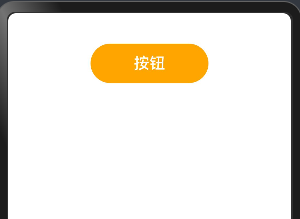
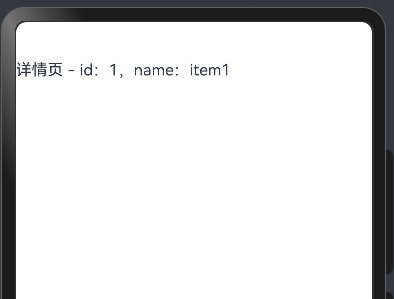
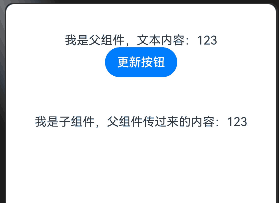
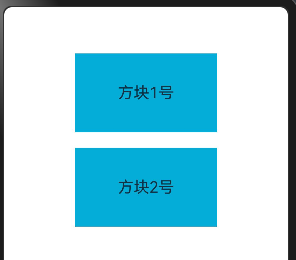
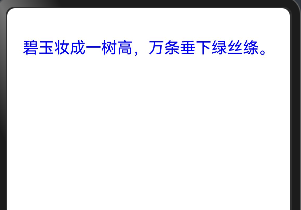


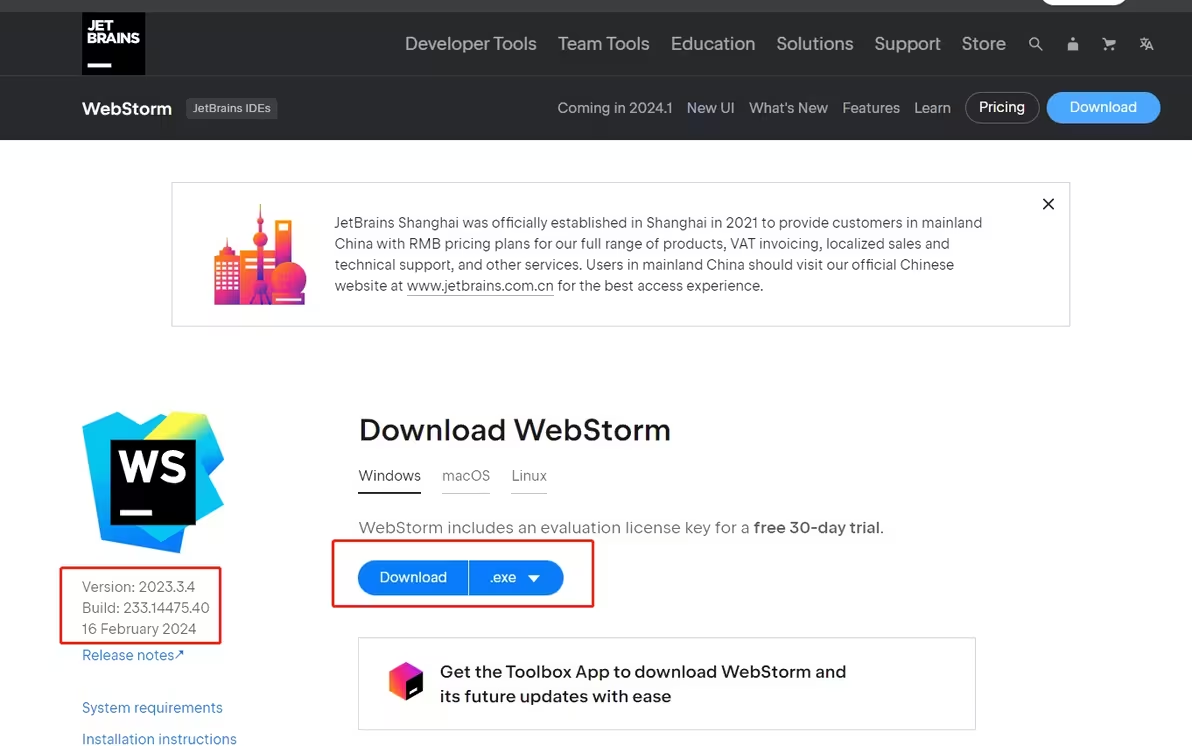
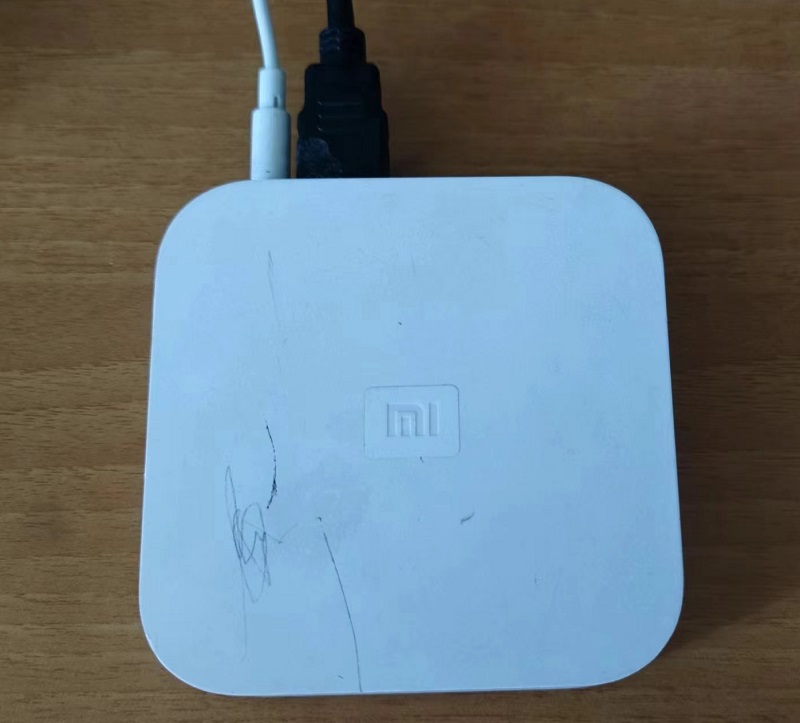
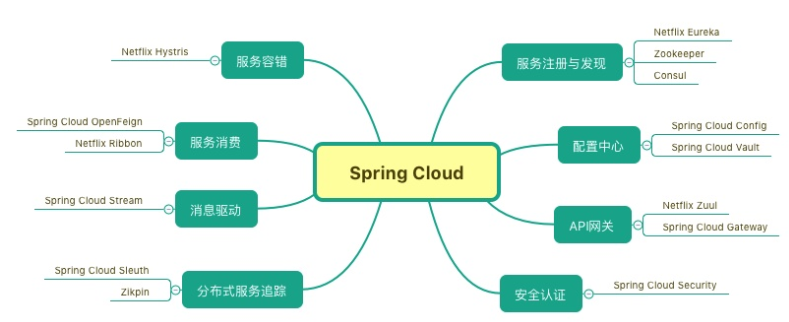
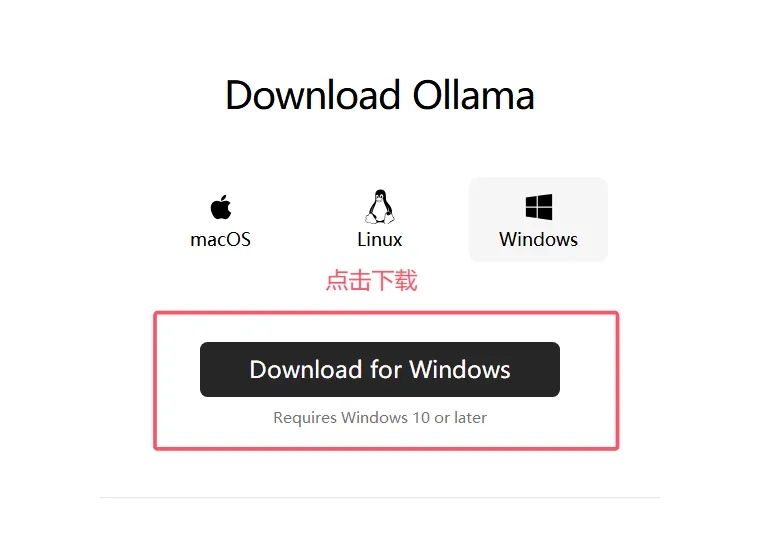




暂无评论内容